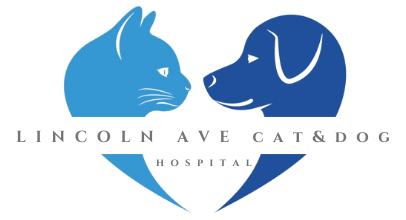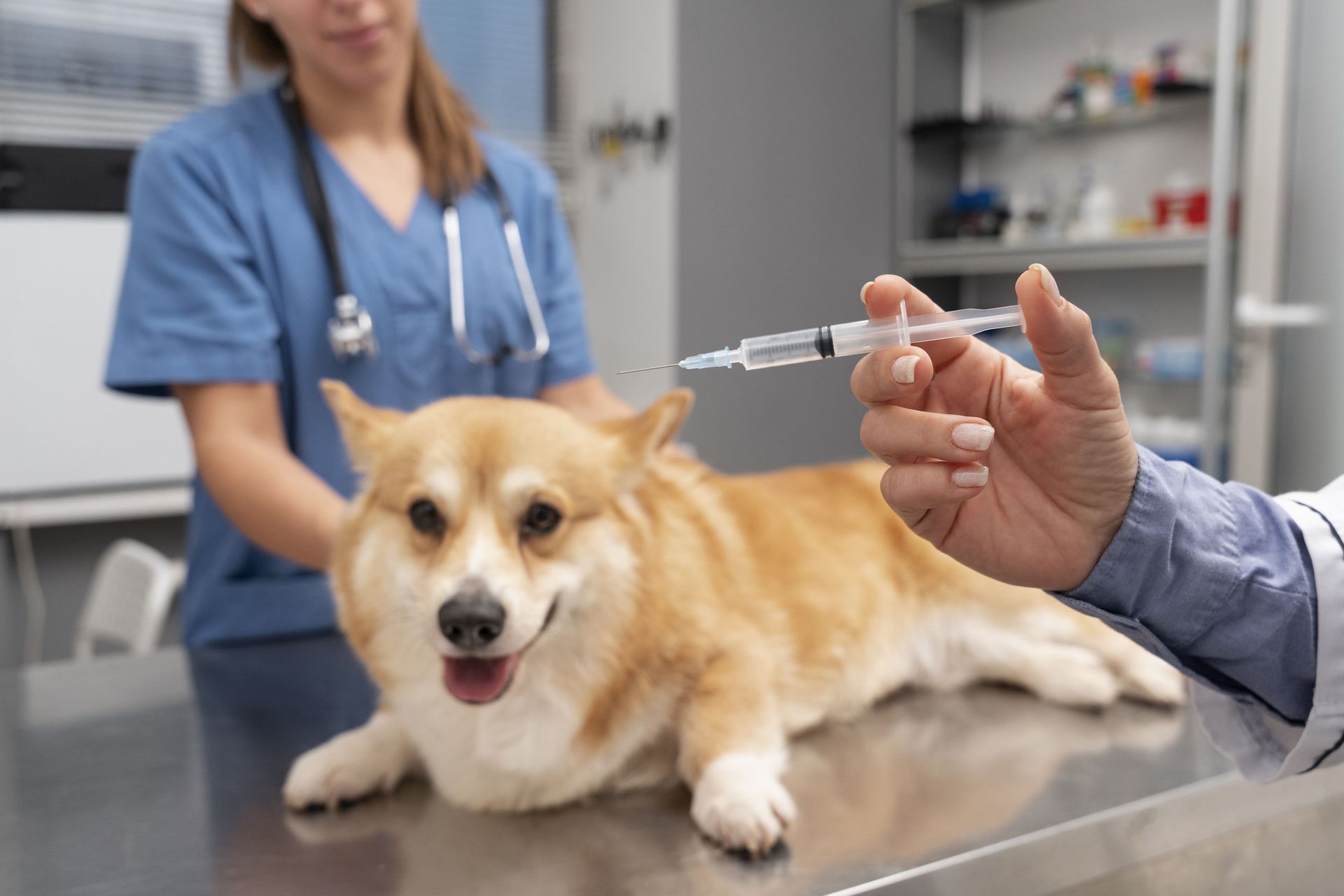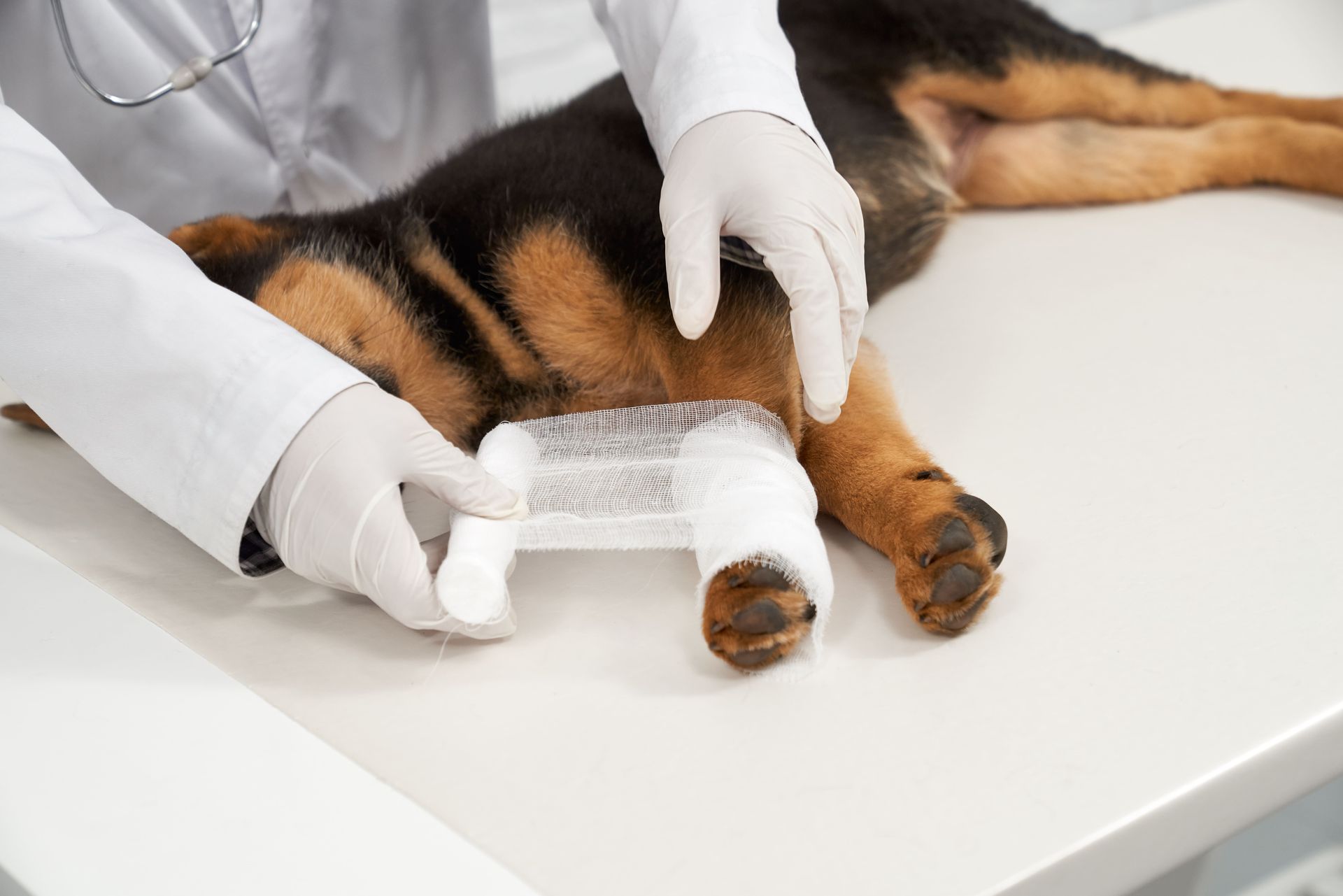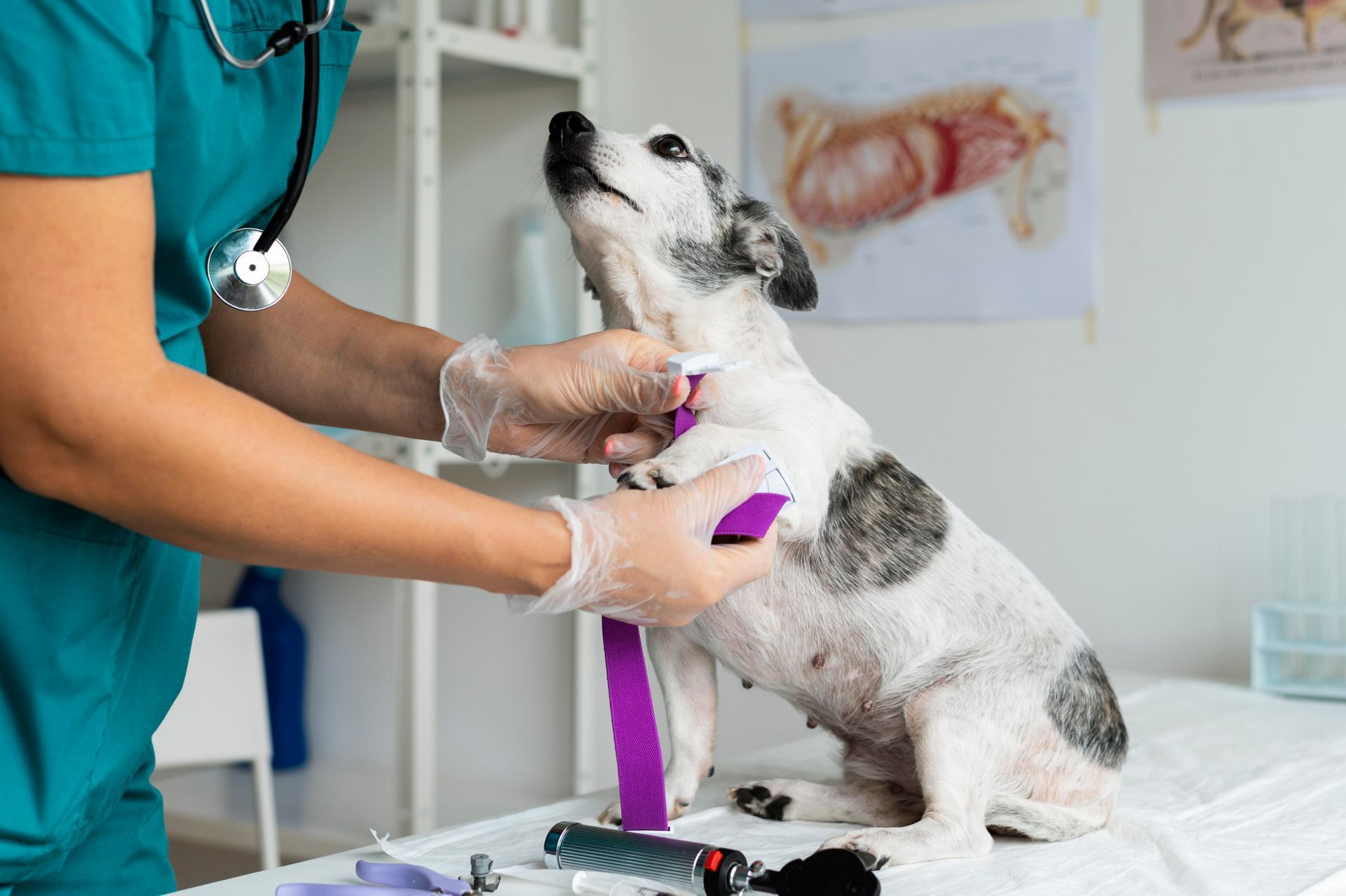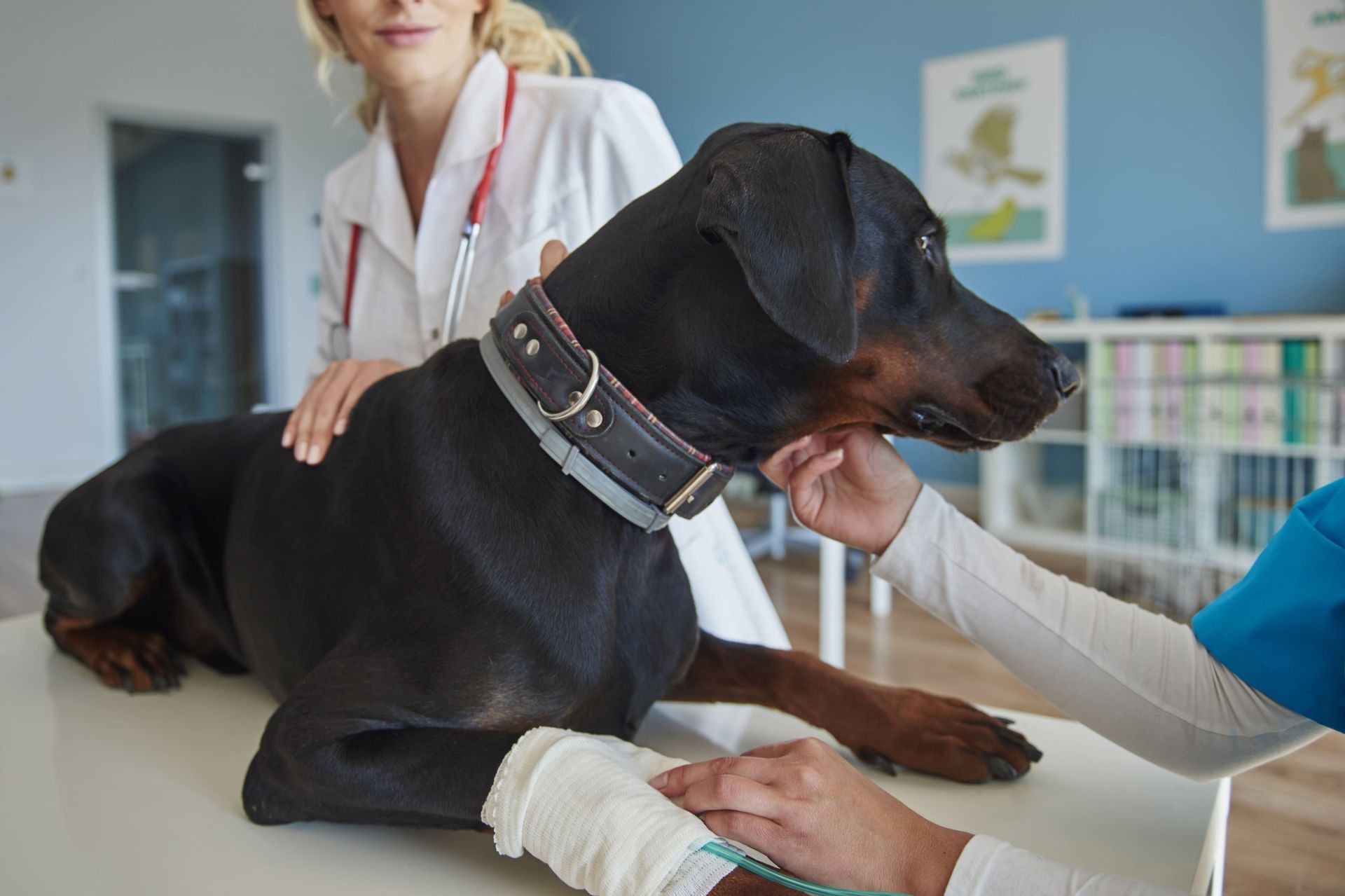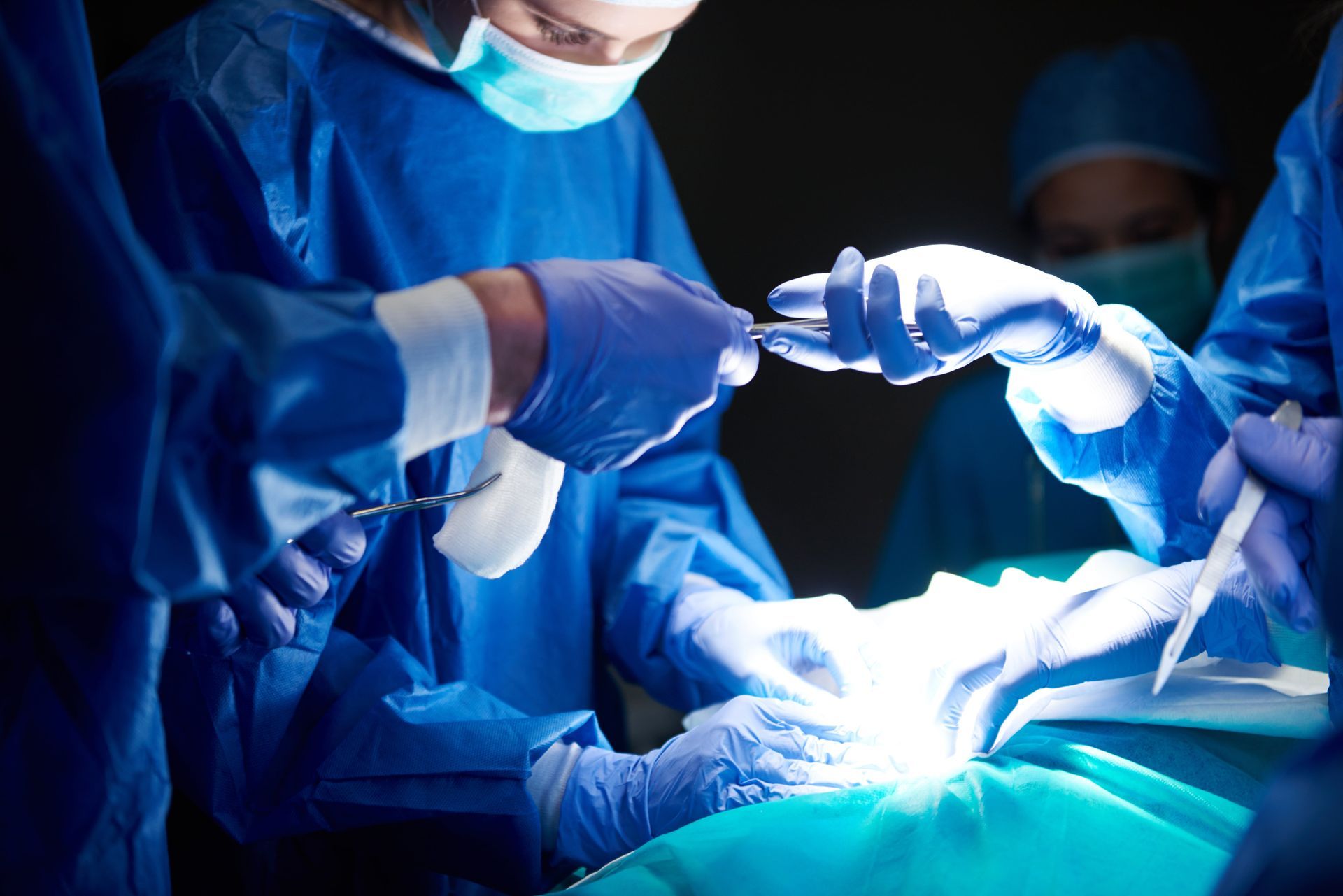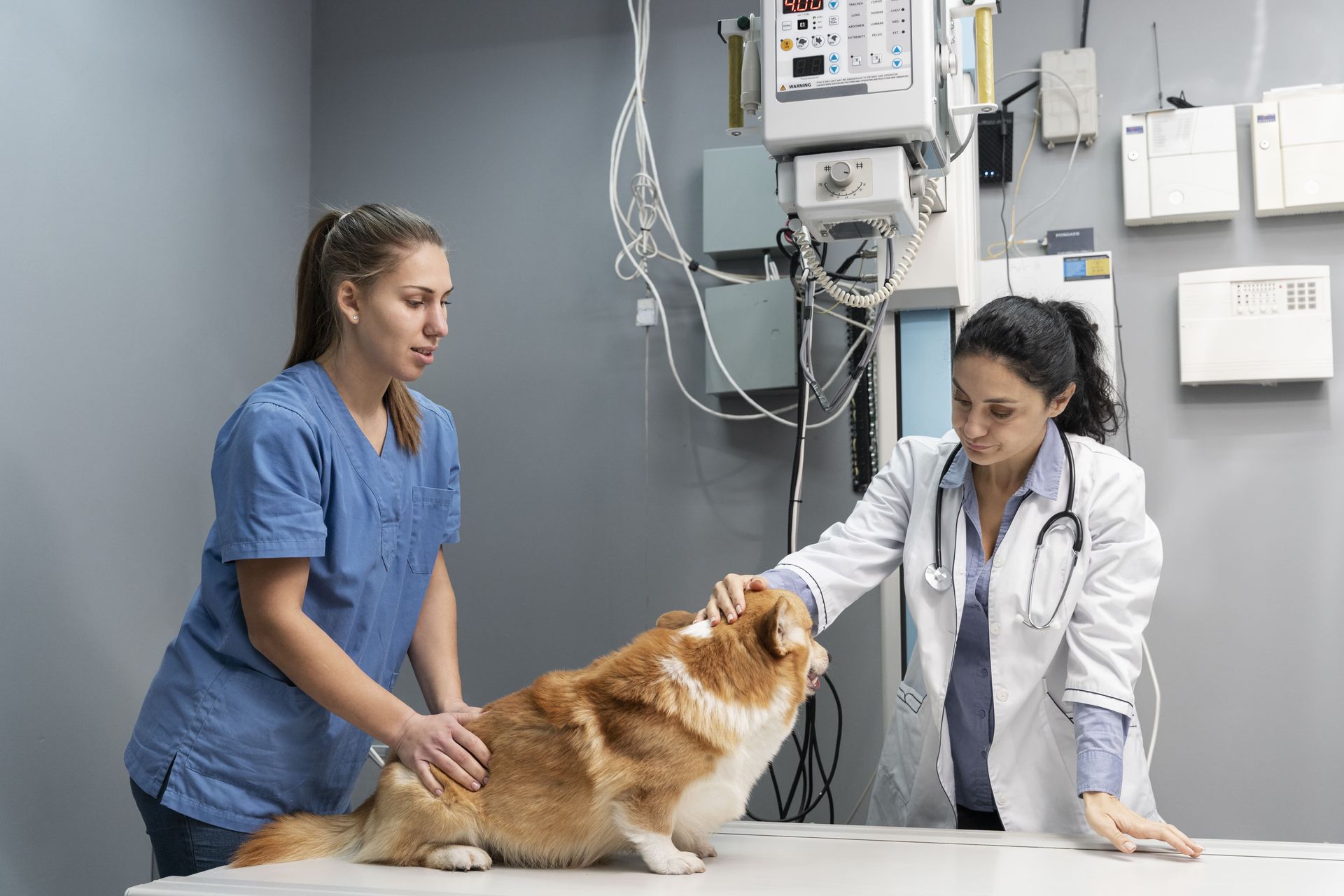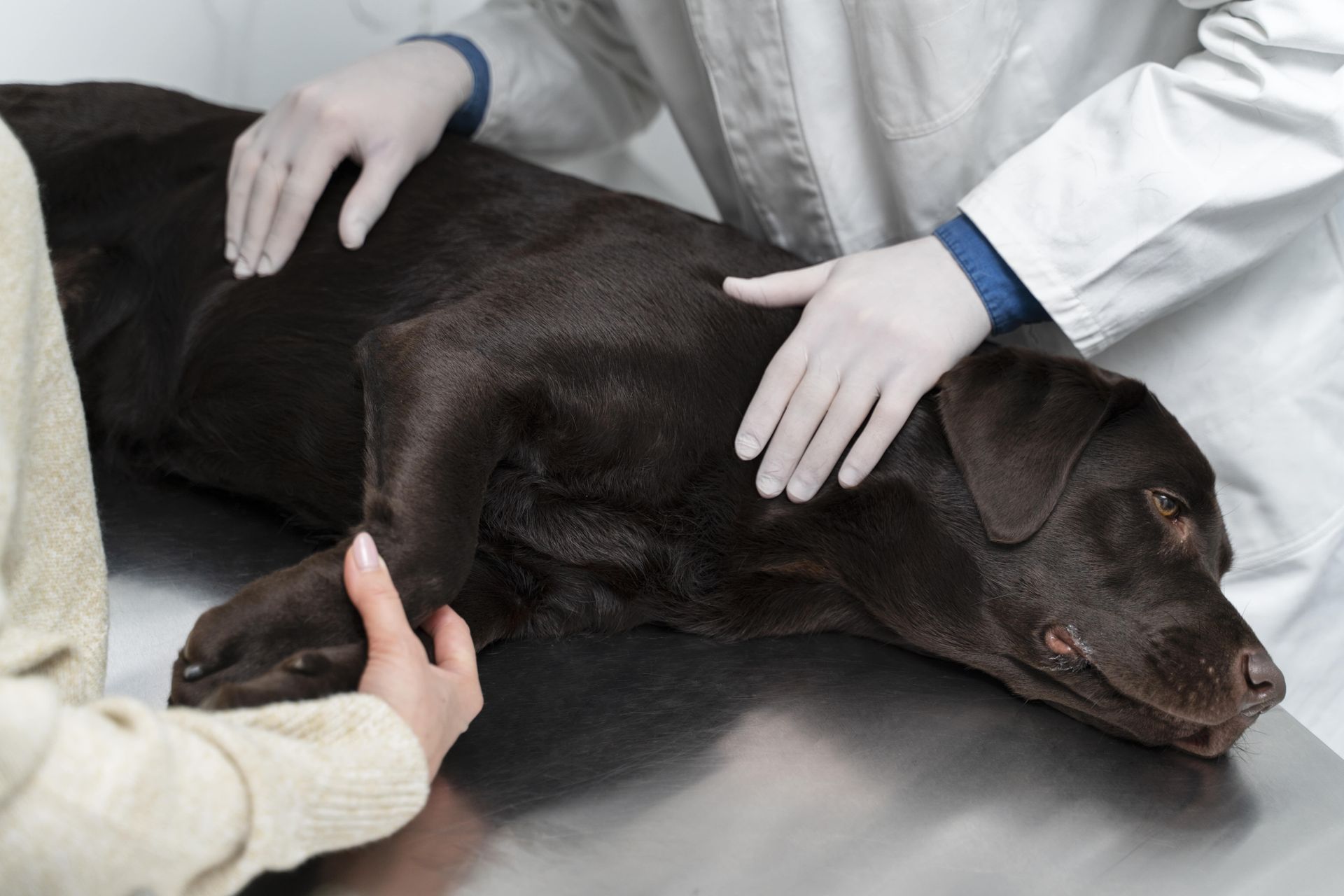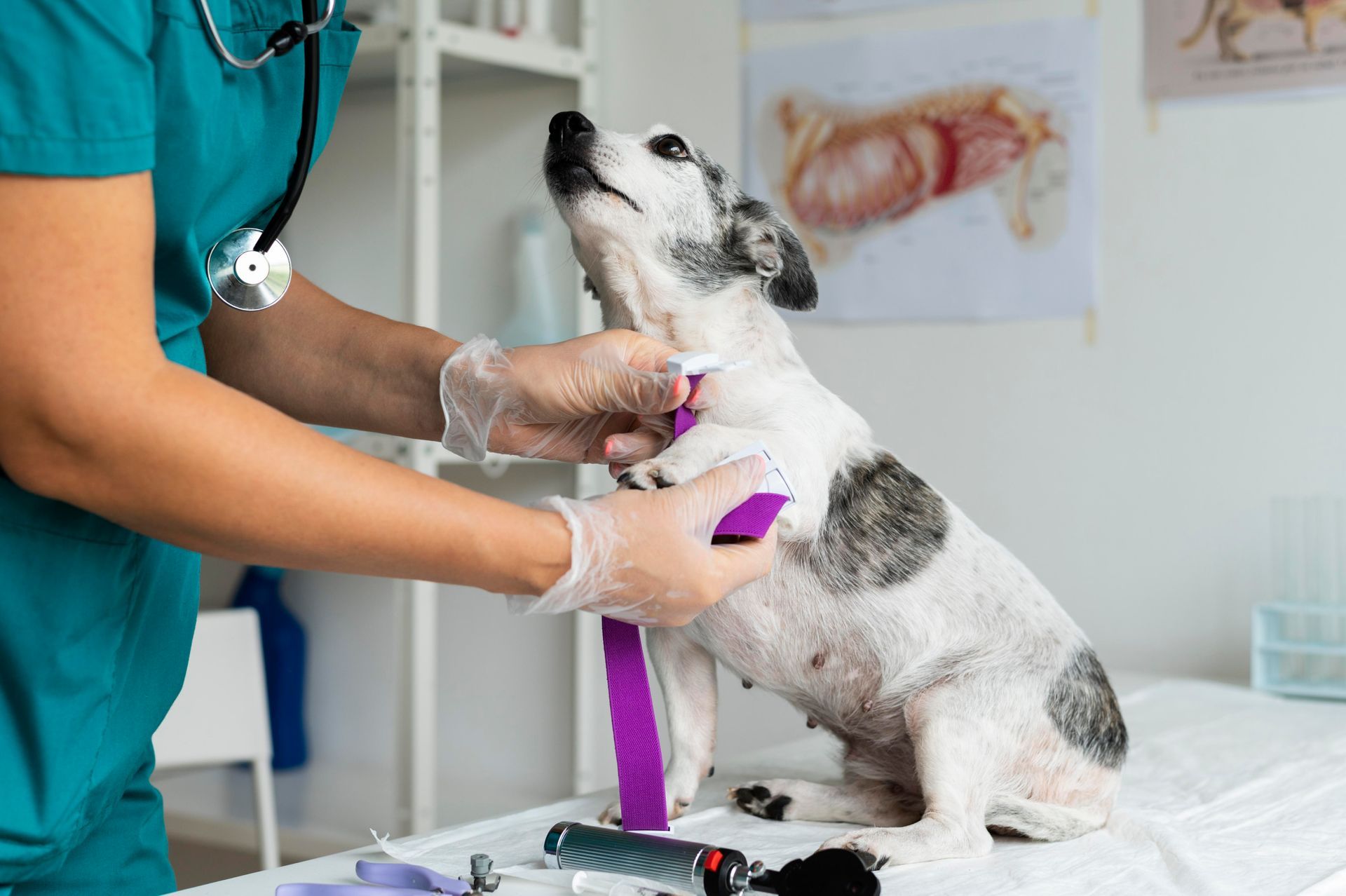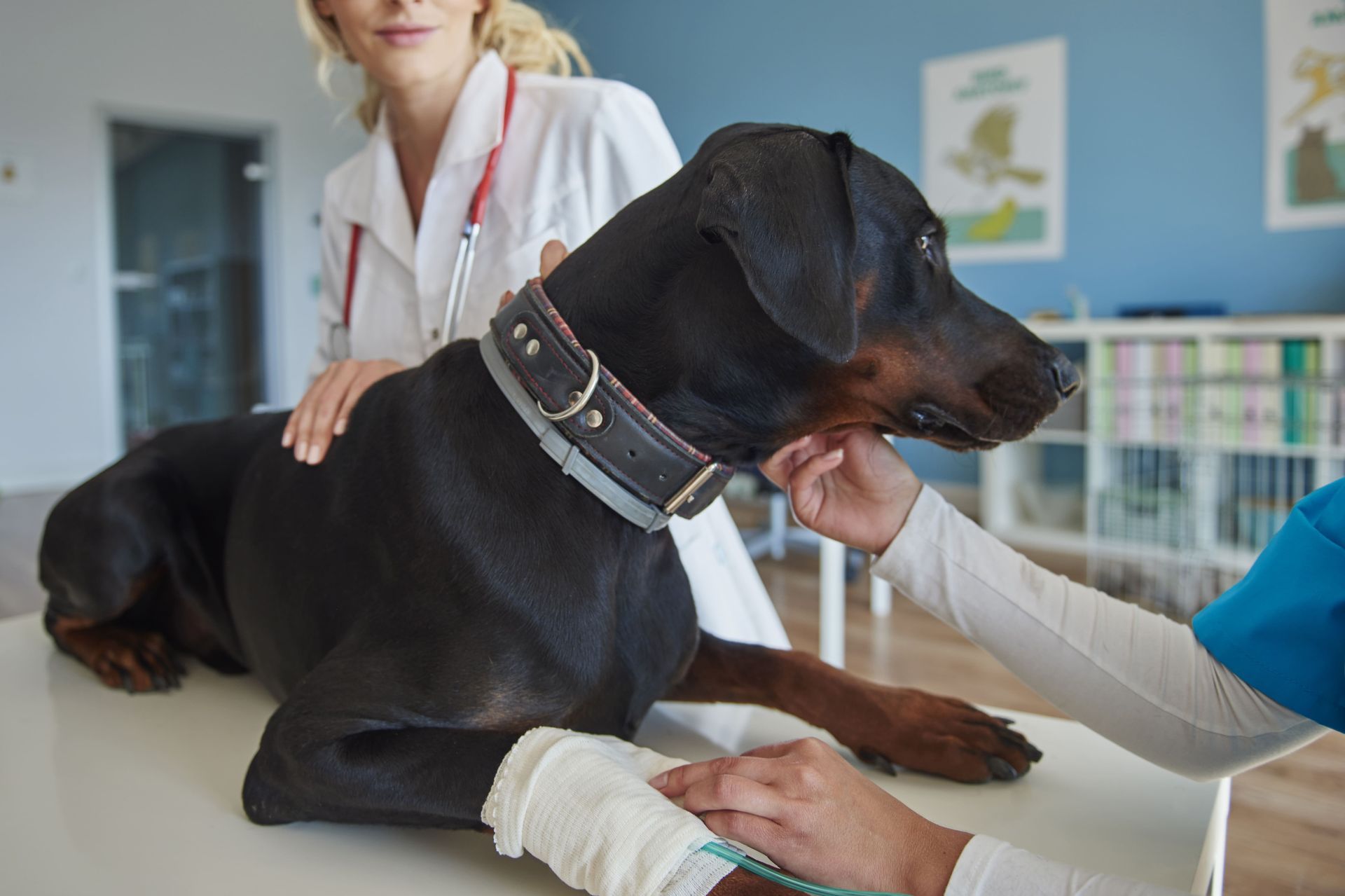What Are the Most Common Types of Canine Surgery?
Understanding the world of animal surgery can feel overwhelming for dog owners, especially when faced with the decision to operate. But being informed about the different types of procedures and their purposes can help you feel more confident and prepared. From orthopedic surgeries that improve mobility to emergency procedures that save lives, each type plays a crucial role in maintaining your dog’s health. This guide breaks down the most common surgical categories, including soft tissue, dental, and minimally invasive surgeries, highlighting when and why they might be needed. Whether it’s removing a tumor, repairing a torn ligament, or extracting a painful tooth, knowing what to expect can ease anxiety and empower you to make better decisions for your pet. Always consult your veterinarian to discuss what’s best for your dog’s individual needs. With the right knowledge, navigating animal surgery becomes less intimidating and far more manageable.
Orthopedic Surgeries
Orthopedic surgeries are performed to correct issues with bones, joints, or ligaments. Common procedures include cruciate ligament repairs, hip dysplasia surgeries, and patellar luxation corrections.
A key reason for orthopedic animal surgery is to improve mobility and alleviate pain. Cruciate ligament repairs, for instance, involve reconstructing the torn ligaments in a dog’s knee. This surgery is quite common in dogs, especially in active breeds or those prone to joint issues. By stabilizing the knee joint, the dog can move more comfortably and reduce the risk of arthritis developing in the joint.
Hip dysplasia is another concern that may necessitate orthopedic animal surgery. This genetic condition, often seen in larger breeds, causes the hip joint to form improperly, leading to joint pain and arthritis. Surgery can range from removing part of the affected bone to a total hip replacement, significantly improving the dog's quality of life.
We encourage pet owners to discuss treatment options with their vet if they notice signs of discomfort or difficulty in movement in their dogs. Early intervention can often lead to better outcomes.
Soft Tissue Surgeries
Soft tissue surgeries involve operations on organs or tissues that are not related to bones. Some examples are tumor removals, spaying and neutering, and hernia repairs.
Tumor removal is a critical animal surgery procedure where veterinarians excise growths that could be cancerous or benign. Monitoring for unusual lumps and identifying them early can be vital. For female dogs, spaying offers not only birth control but also prevents uterine infections and decreases the risk of breast tumors, which are malignant in about 50% of dogs.
Neutering male dogs can prevent testicular cancer and significantly reduce prostate issues. Beyond these health benefits, spaying and neutering contribute to controlling the pet population, which is crucial for reducing the number of homeless pets.
Hernia repairs are performed to fix the bulge of an organ through an abnormal opening. Some hernias can be life-threatening if not treated promptly, particularly if they obstruct blood flow to vital organs.
For more information on these general animal surgery procedures and their benefits, you can always refer to reliable veterinary sources and consult with your veterinarian.
Dental Surgeries
Dental surgeries are essential for maintaining a dog’s oral health. Common procedures include extractions of damaged teeth, treatment of periodontal disease, and removal of oral tumors.
Periodontal disease is a common issue in dogs and often requires surgical intervention to prevent tooth loss and other health complications. Regular dental check-ups can help detect issues early, allowing for procedures such as cleaning and scaling before more serious interventions are needed.
Extractions may become necessary when a tooth is beyond saving, is severely infected, or has been damaged. While this may sound daunting, removing problematic teeth can significantly improve a dog’s comfort and prevent the spread of infection.
Maintaining oral health is crucial not just for healthy teeth but also for a dog's overall well-being. Proper dental care can help prevent kidney, liver, and heart diseases that start from poor oral hygiene. Regular brushing and dental checkups can mitigate these risks.
Emergency Surgeries
Emergency animal surgery is often necessary in life-threatening situations such as traumatic injuries, gastric dilation-volvulus (bloat), or severe internal bleeding. Quick action in these cases can save your dog's life.
Gastric dilation-volvulus, commonly referred to as bloat, is a critical condition that affects the stomach. It can rapidly progress to stomach twisting, which obstructs blood flow and requires immediate surgical intervention to untwist the stomach and secure it back in place. Knowing the signs, like a distended abdomen, restlessness, and excessive drooling, can be pivotal in seeking timely help.
Traumatic injuries such as those from vehicular accidents may require swift surgical responses to manage broken bones, internal bleeding, and organ damage. These situations remind us of the importance of having emergency vet contacts readily available.
A good rule of thumb for pet parents is: If it feels urgent, it probably is.
Minimally Invasive Surgeries
These surgeries use techniques that require smaller incisions, leading to quicker recoveries. Examples include laparoscopic procedures for diagnostic purposes or the removal of foreign objects.
The use of minimally invasive animal surgery techniques is rapidly expanding in veterinary medicine. They are associated with reduced post-operative discomfort, minimized scarring, and a lower risk of infection. Laparoscopy, a common minimally invasive procedure, involves using small incisions through which cameras and tools can be inserted to perform surgery with precision.
Dogs prone to ingesting foreign objects might benefit from endoscopic removals, which can help avoid more extensive animal surgery. Pet owners should be mindful of the items their dogs have access to, including toys, clothing, and household items.
Choosing the right surgery is crucial for the health and well-being of your pet. We are here to assist you in understanding the process and ensuring that your pet receives the best care possible.
Conclusion
Being informed about the common types of animal surgery can significantly aid pet owners in making sound decisions for their furry friends' health and happiness. From orthopedic and dental surgeries to life-saving emergency procedures, knowing what each surgery involves allows for quicker action, less stress, and better recovery outcomes.
Always consult with a trusted veterinarian to understand the best options tailored to your dog's specific needs. Remember, when it comes to animal surgery, knowledge truly is power, and preparation can make all the difference.
FAQs
Q-1. When should I consider animal surgery for my dog?
Ans: If your dog is experiencing chronic pain, difficulty in movement, noticeable lumps, or has ingested something harmful, consult your vet immediately. They can determine if animal surgery is necessary.
Q-2. Are all surgeries risky for dogs?
Ans: While all surgeries carry some risk, modern animal surgery techniques and anesthesia are quite safe when handled by licensed veterinary professionals.
Q-3. How can I help my dog recover after surgery?
Ans: Follow your vet’s post-operative care instructions, limit activity, ensure proper wound care, and monitor your pet for any unusual behavior during recovery.
Q-4. Is dental animal surgery really that important?
Ans: Yes! Poor oral health can lead to serious systemic issues. Timely animal surgery, like extractions and periodontal treatment, can greatly improve your dog’s health and comfort.
